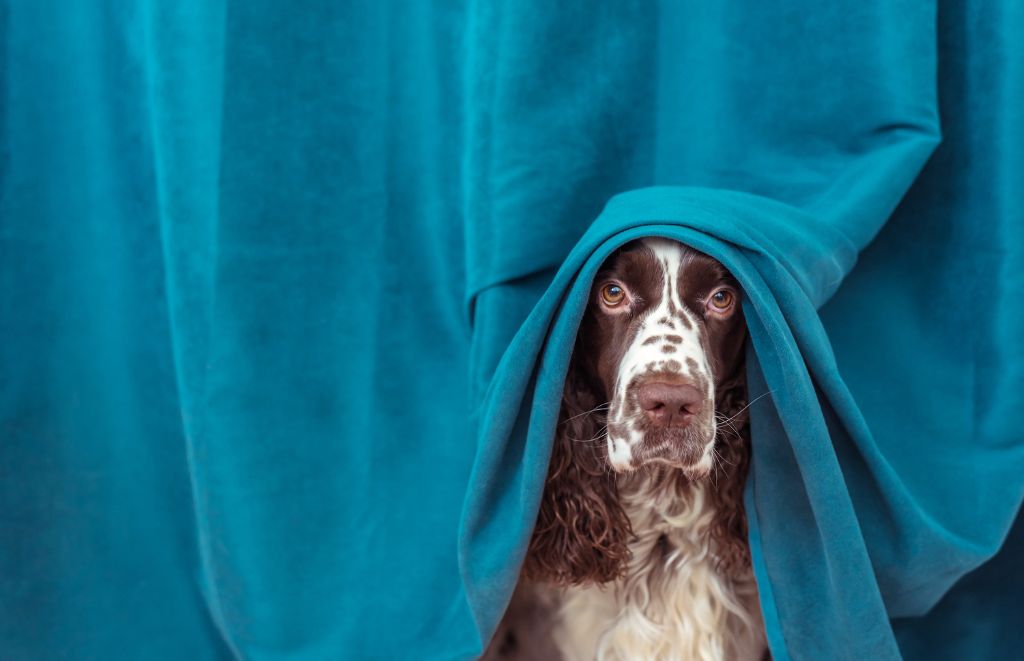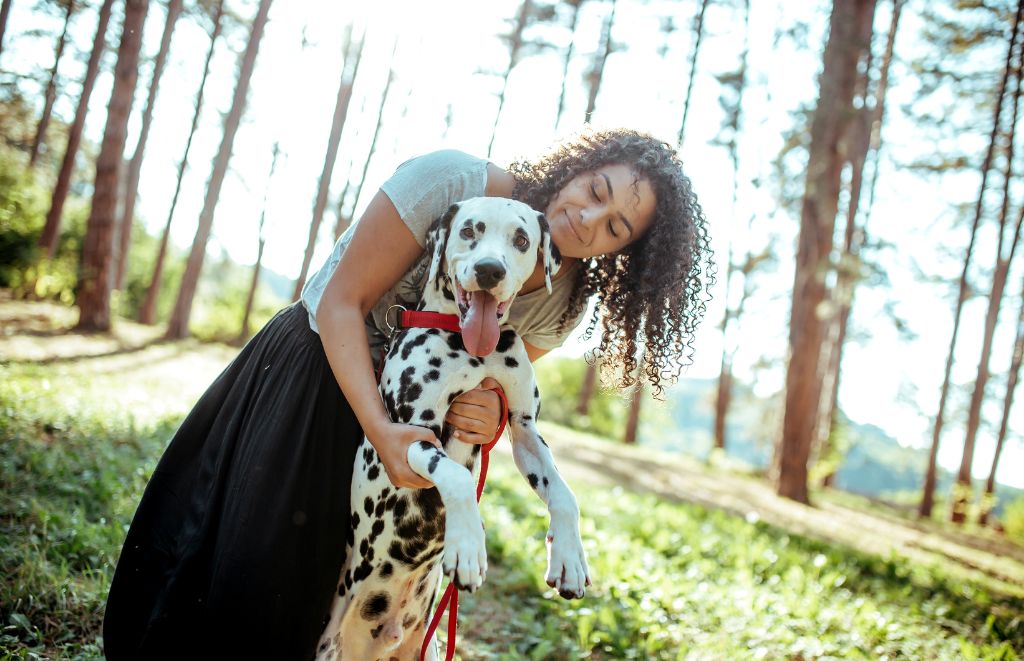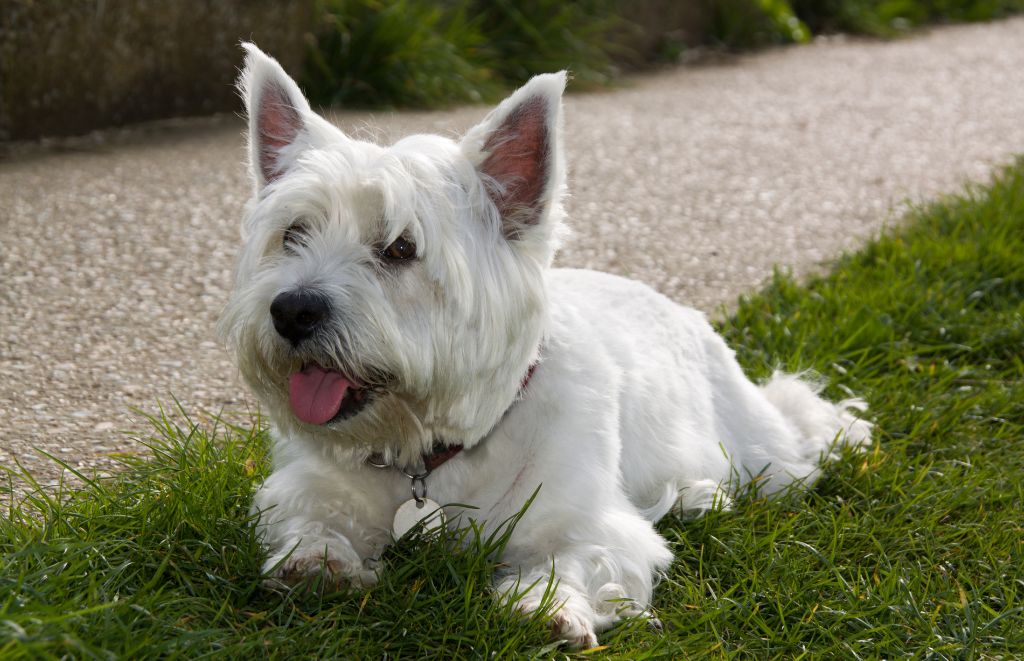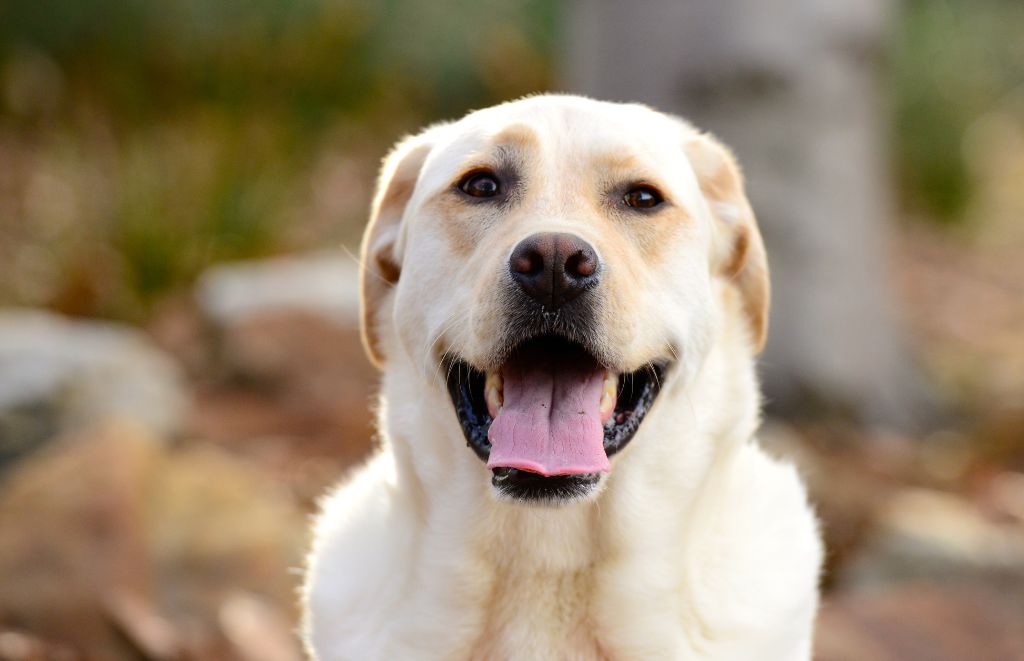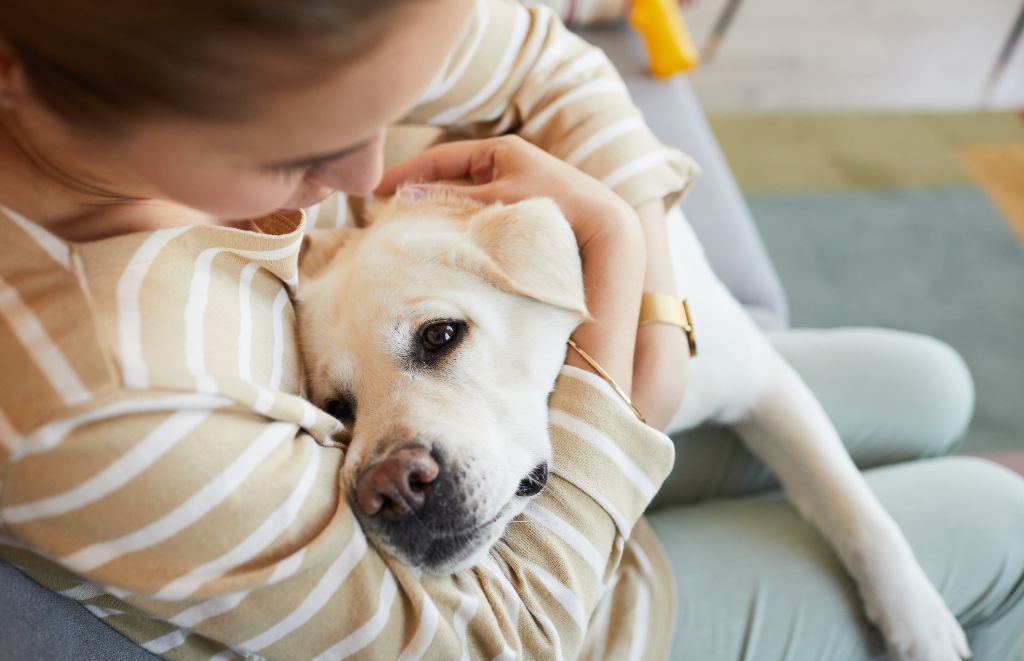Ever come home to find your favorite pair of shoes shredded, the trash mysteriously emptied, or curtains hanging by a thread? If you live with a dog who throws a tantrum every time you leave the house, you might be dealing with separation anxiety. It’s like your dog is throwing a dramatic one-dog play titled “Where Did My Human Go?!” and the set designer seems to be your furniture.
But seriously, separation anxiety is a real issue that can cause a lot of stress for both you and your furry friend. So, let’s dig into why your dog might be acting like a furry Edward Scissorhands whenever you take a trip to the mailbox.
What are the signs of anxiety in a dog?
First things first, how do you know if your dog is truly anxious or just acting out for attention (because, let’s face it, some dogs are masters of manipulation)? Here are some signs to watch out for:
- Destructive behavior: This is the shredded shoe situation we mentioned earlier. Chewing, digging, clawing – basically, anything destructive your dog can do while you’re gone is fair game in their anxious minds.
- Whining, barking, or howling: Your dog might turn into a vocal symphony conductor while you’re away, serenading the neighborhood with their anxiety woes.
- Pacing or restlessness: Imagine a dog version of that friend who can’t sit still for a movie. Pacing back and forth, panting, and overall frantic energy are signs of canine anxiety.
- Inappropriate elimination: Accidents happen, but if your housebroken dog is suddenly using the bathroom inside whenever you leave, it could be anxiety-related.
- Trying to escape: Does your dog turn into Houdini whenever you close the door? Chewing on crates, digging under fences – their escape plan is on high alert when separation anxiety strikes.
How can I tell if it’s anxiety or something else?
Uh oh, not all bad behavior is due to anxiety. Sometimes, there could be a medical reason behind it. So, before you jump to conclusions, consult your vet to rule out any underlying health issues that might be causing your dog’s frantic behavior.
What are the different types of dog anxiety?
Okay, so it’s anxiety. But what kind? There are actually a few different types:
- Separation anxiety: This is the classic “where’d my human go?” anxiety we mentioned earlier.
- Noise phobia: Some dogs are terrified of loud noises like thunder, fireworks, or even vacuum cleaners. This can cause them major anxiety.
- Social anxiety: Does your dog shy away from meeting new people or dogs? They might have social anxiety.
- Fear of specific objects or situations: Is your dog terrified of the mailman or going to the vet? This could be a specific phobia.
What causes my dog to be anxious?
There are a few reasons why your dog might be feeling anxious.
- Lack of socialization: If your dog wasn’t properly socialized as a puppy, they might be more prone to anxiety around new people, places, and experiences.
- Negative experiences: Did your dog experience something scary when they were alone, like a thunderstorm or a break-in? This could trigger separation anxiety.
- Changes in routine: Dogs are creatures of habit. A sudden change in your schedule, like going back to work after working from home, could cause anxiety.
Are certain breeds more prone to anxiety?
While any dog can develop anxiety, some breeds are more predisposed to it than others. Breeds bred for working or herding, like Border Collies or German Shepherds, might have higher energy levels and be more prone to separation anxiety if not properly exercised and stimulated. Similarly, some breeds bred for companionship, like Pugs or Cavalier King Charles Spaniels, might be more likely to experience separation anxiety if left alone for long periods.
How do you calm an anxious dog down?
There are ways to help your dog cope with anxiety. Here are a few tips:
- Desensitization training: Gradually expose your dog to things that trigger their anxiety in a controlled way. Pair these triggers with positive reinforcement like treats or praise to help them associate them with good things.
- Positive reinforcement training: Reward calm behavior and ignore anxious behavior. This helps your dog learn that staying calm is the way to get what they want (your attention!).
- Provide a safe space: Create a cozy crate or designated area for your dog to feel safe and secure when you’re gone.
“A tired dog is a less anxious dog. Regular exercise is like a natural anti-anxiety medication for our furry friends.”
Exercise is key: A tired dog is a less anxious dog. Make sure your dog gets plenty of exercise before you leave the house. A good walk or playtime will help burn off energy and leave them feeling calmer and more relaxed.
- Mental stimulation: Don’t underestimate the power of brain games! Puzzle toys, treat dispensers, and interactive games can keep your dog mentally stimulated and less likely to focus on their anxieties.
- Calming aids: There are various calming aids available, like pheromone diffusers, calming chews, or even anti-anxiety vests. Talk to your vet about which options might be right for your dog.
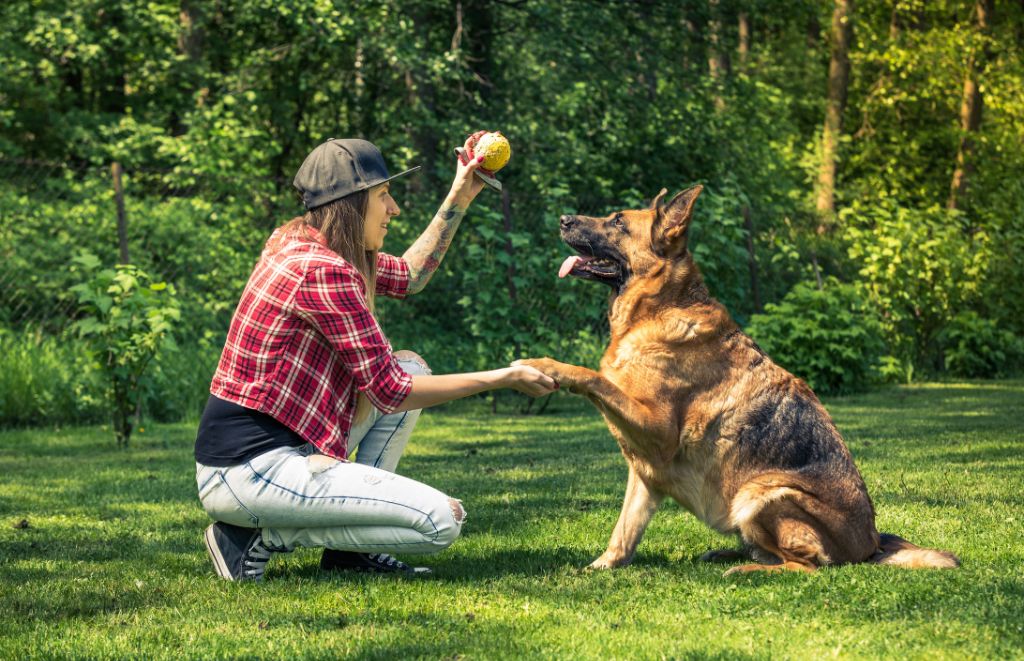
How long does it take to treat dog anxiety?
There’s no magic bullet, unfortunately. Treating dog anxiety takes time and consistency. Some dogs might respond quickly to training and management techniques, while others might need medication or professional help from a trainer or behaviorist. Be patient, consistent, and positive, and you’ll see improvement over time.
Can I prevent dog anxiety?
While you can’t guarantee your dog will never experience anxiety, there are steps you can take to reduce the risk:
- Proper socialization: This is crucial! Expose your puppy to a variety of people, places, and experiences from a young age. This will help them become more confident and adaptable, reducing their chances of developing anxiety later.
- Create a predictable routine: Dogs thrive on routine. Establish consistent feeding times, walk schedules, and playtime so your dog knows what to expect.
- Never punish anxious behavior: Punishing your dog for being anxious will only make things worse. Focus on rewarding calm behavior instead.
Should I get a professional dog trainer involved?
Absolutely! If your dog’s separation anxiety is severe or you’re feeling overwhelmed, don’t hesitate to seek help from a professional dog trainer or behaviorist. They can provide personalized guidance, develop a training plan, and help you manage your dog’s anxiety effectively.
Remember, a happy and relaxed dog is a joy to have around. By understanding the signs of anxiety, addressing the cause, and implementing these tips, you can help your furry friend feel more secure and confident, even when you’re not there. So, ditch the shredded shoes, and hello to a calmer, happier pup!


